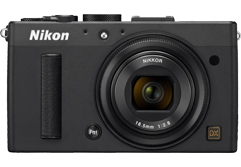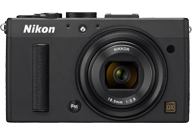
Add to compare

Nikon Coolpix A
COMPARISON SELECTION (3 selected items max.)
VIEW COMPARISON
ADD MORE
Scores

80
sensor








